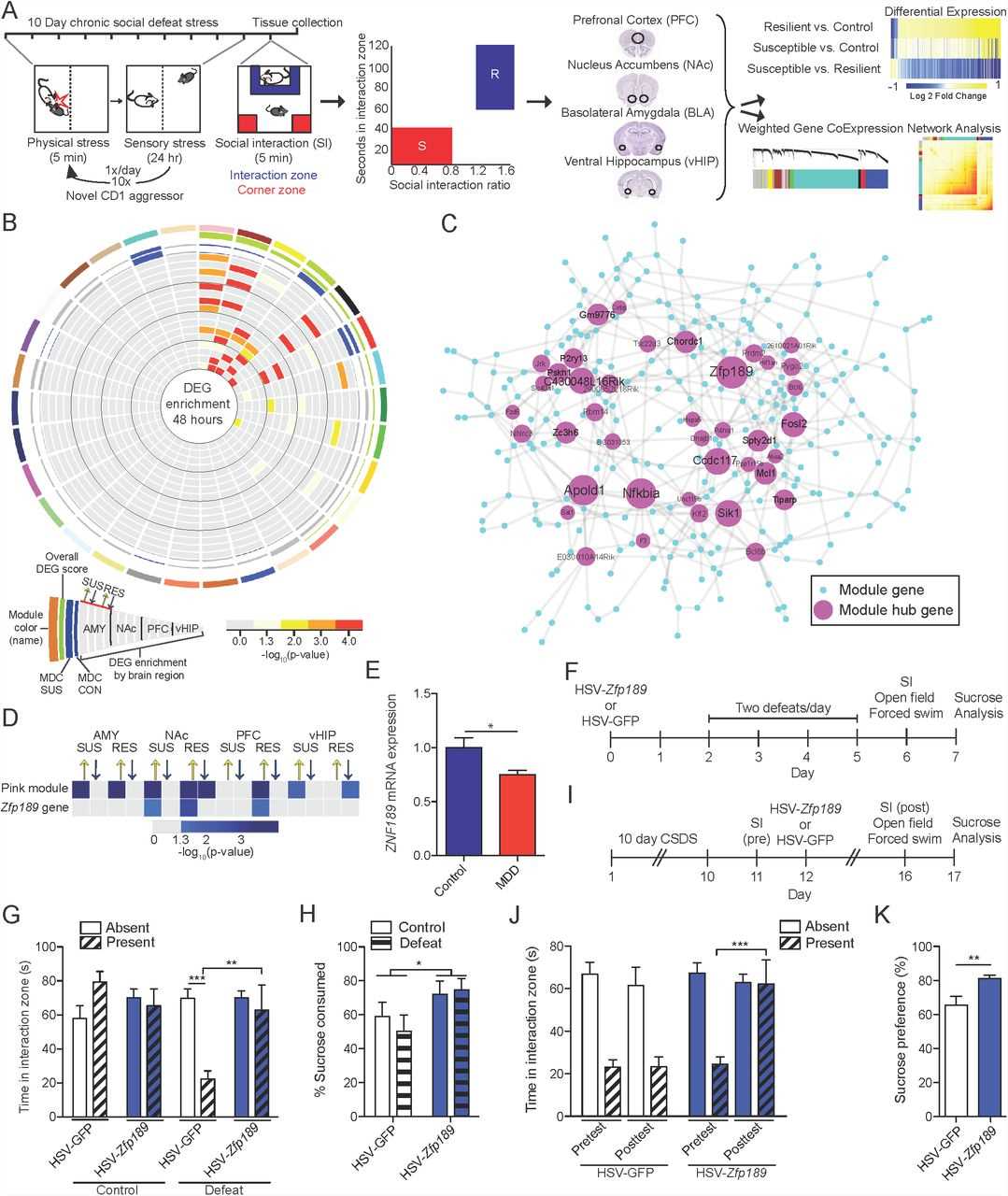
Resilience is the ability to adapt and recover from stress. In today’s fast-paced and demanding world, stress has become an inevitable part of our lives. While stress can have negative effects on our physical and mental well-being, some individuals are more resilient and better equipped to handle stress than others.
Researchers have been studying the factors that contribute to stress resilience, and one key player that has emerged is the cAMP response element-binding protein (CREB). CREB is a transcription factor that plays a crucial role in the brain’s response to stress. It regulates the expression of genes involved in neuronal plasticity, which is the brain’s ability to change and adapt in response to stress.
Another important factor in stress resilience is the work of Dr. Eric Nestler, a renowned neuroscientist. Nestler’s research has focused on understanding the molecular and cellular mechanisms underlying stress resilience. He has discovered that chronic exposure to stress leads to changes in gene expression in the brain, particularly in the reward circuitry. These changes can result in maladaptive behaviors such as drug addiction and depression.
By studying the role of CREB and Nestler’s findings, researchers are gaining a better understanding of the molecular mechanisms underlying stress resilience. This knowledge has the potential to pave the way for the development of new therapeutic strategies for individuals who are more susceptible to stress-related disorders. Understanding the factors that contribute to stress resilience is not only important for improving mental health outcomes but also for enhancing overall well-being and quality of life.
Exploring the Mechanisms of Stress Resilience
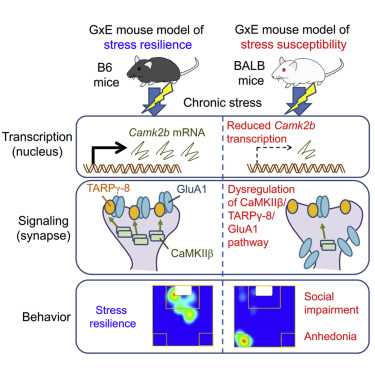
Stress is a natural response that occurs when individuals encounter challenging or threatening situations. While some individuals may succumb to the negative effects of stress, others are able to bounce back and maintain their well-being, a phenomenon known as resilience.
Understanding the mechanisms behind stress resilience is crucial for developing effective interventions and treatments for stress-related disorders. One key player in the regulation of stress resilience is the protein CREB (cAMP response element-binding protein).
CREB is a transcription factor that plays a critical role in the brain’s response to stress. It is involved in the regulation of gene expression and synaptic plasticity, which are essential for adaptive responses to stress. Studies have shown that CREB activation is associated with increased stress resilience.
Another important mechanism of stress resilience is the involvement of epigenetic changes. Epigenetic modifications, such as DNA methylation and histone modifications, can regulate gene expression without altering the underlying DNA sequence. These modifications can be influenced by environmental factors, including stress. Research has shown that stress-induced epigenetic changes can impact the expression of genes involved in stress resilience.
In addition to CREB and epigenetic changes, other molecular pathways and systems are also involved in stress resilience. The brain-derived neurotrophic factor (BDNF) pathway, for example, has been implicated in the promotion of resilience to stress. BDNF is a protein that supports the survival and growth of neurons and is involved in synaptic plasticity. Studies have shown that BDNF levels are altered in response to stress and can influence an individual’s resilience to stress.
Overall, exploring the mechanisms of stress resilience is a complex endeavor that involves the interplay of various molecular pathways and systems. Understanding these mechanisms can provide valuable insights into the development of strategies to enhance stress resilience and ultimately improve mental health outcomes.
The Impact of Stress on the Brain
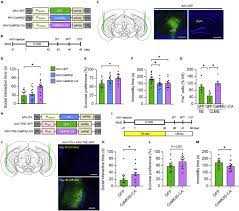
Stress is a natural response to challenging situations, but when it becomes chronic or overwhelming, it can have a significant impact on the brain. The brain is a complex organ that controls many aspects of our thoughts, emotions, and behaviors. When exposed to stress, certain areas of the brain, such as the amygdala and hippocampus, become activated.
The amygdala is responsible for processing emotions and plays a key role in the stress response. When activated by stress, it can trigger a cascade of physiological changes, including the release of stress hormones like cortisol. These hormones can have a detrimental effect on the brain, particularly on the hippocampus.
The hippocampus is involved in memory formation and regulation of the stress response. Chronic stress can impair the functioning of the hippocampus, leading to memory problems and difficulties in regulating stress. This can further contribute to the development of mental health disorders, such as anxiety and depression.
However, not all individuals respond to stress in the same way. Some people are more resilient and can bounce back from stressful situations more easily. This resilience is thought to be influenced by various factors, including genetic and environmental factors.
One important molecular pathway that has been implicated in stress resilience is the CREB pathway. CREB (cAMP response element-binding protein) is a transcription factor that plays a crucial role in the brain’s response to stress. It regulates the expression of genes involved in neuronal survival and adaptation to stress.
Studies have shown that individuals with higher levels of CREB in the brain tend to be more resilient to stress. They are better able to cope with challenging situations and have a lower risk of developing stress-related disorders. On the other hand, individuals with lower levels of CREB may be more susceptible to the negative effects of stress on the brain.
Understanding the impact of stress on the brain and the role of factors like CREB in stress resilience is crucial for developing effective interventions and treatments for stress-related disorders. By targeting the CREB pathway, researchers may be able to enhance resilience and promote better mental health outcomes in individuals exposed to chronic stress.
The Role of CREB in Stress Resilience
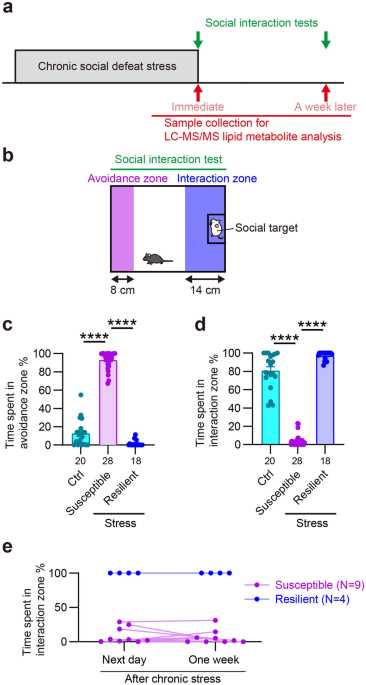
Stress is a common experience in everyday life, and it can have a profound impact on our physical and mental well-being. Understanding the mechanisms that underlie stress resilience is crucial for developing effective strategies to cope with stress and prevent stress-related disorders.
One key player in the regulation of stress resilience is the protein CREB (cAMP response element-binding protein). CREB is a transcription factor that plays a critical role in the brain’s response to stress. It is involved in the regulation of gene expression and synaptic plasticity, which are important processes for adapting to stress.
Research has shown that CREB is involved in the brain’s response to stress by modulating the activity of other stress-related molecules, such as nestler. Nestler is a protein that is also involved in the brain’s response to stress and is known to interact with CREB.
Studies have demonstrated that increased CREB activity in specific brain regions is associated with enhanced stress resilience. Animals with higher levels of CREB show reduced anxiety-like behavior and are better able to cope with stress compared to animals with lower levels of CREB.
Furthermore, manipulating CREB levels in the brain can have a direct impact on stress resilience. For example, increasing CREB activity through genetic or pharmacological means can enhance stress resilience, while reducing CREB activity can impair stress resilience.
Overall, these findings highlight the important role of CREB in stress resilience. Understanding the mechanisms by which CREB regulates stress resilience could lead to the development of novel therapeutic strategies for stress-related disorders.
The Contribution of Nestler in Understanding Stress Resilience
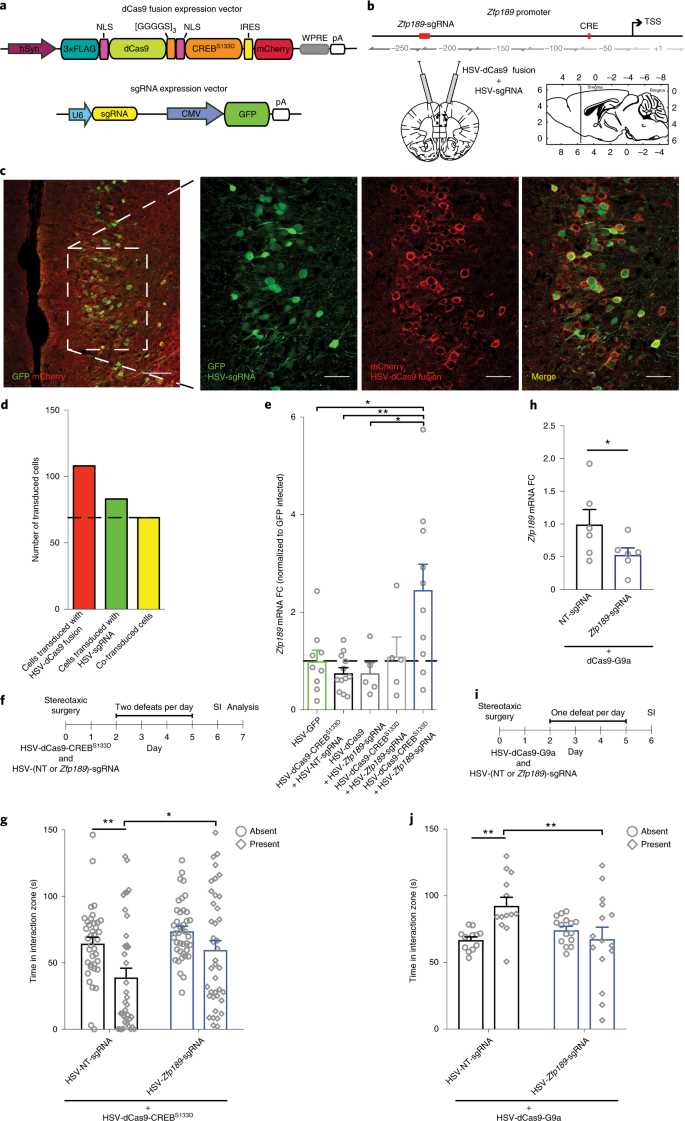
Stress is a complex physiological and psychological response to external stimuli that can have detrimental effects on an individual’s well-being. Understanding the mechanisms underlying stress resilience is crucial in developing effective strategies to mitigate its negative consequences.
One key player in the field of stress resilience research is Eric Nestler, a renowned neuroscientist. Nestler’s work has significantly contributed to our understanding of the molecular and cellular processes involved in stress resilience.
Nestler’s research has focused on the role of the transcription factor CREB (cAMP response element-binding protein) in stress resilience. CREB is known to regulate the expression of genes involved in neuronal plasticity and survival, and Nestler’s studies have demonstrated its importance in the brain’s response to stress.
Through animal models and genetic manipulations, Nestler has shown that CREB plays a critical role in stress resilience. He has found that increased CREB activity in certain brain regions can enhance resilience to stress, while decreased CREB activity can lead to increased susceptibility to stress-related disorders.
Nestler’s findings have shed light on the molecular mechanisms underlying stress resilience and have opened new avenues for the development of novel therapeutic interventions. By targeting CREB and its associated signaling pathways, it may be possible to enhance individuals’ resilience to stress and prevent the development of stress-related mental health disorders.
In conclusion, Eric Nestler’s research has made significant contributions to our understanding of stress resilience. His work on the role of CREB in the brain’s response to stress has provided valuable insights into the molecular mechanisms underlying resilience and has the potential to inform the development of new therapeutic approaches for stress-related disorders.
Unveiling the Molecular Pathways
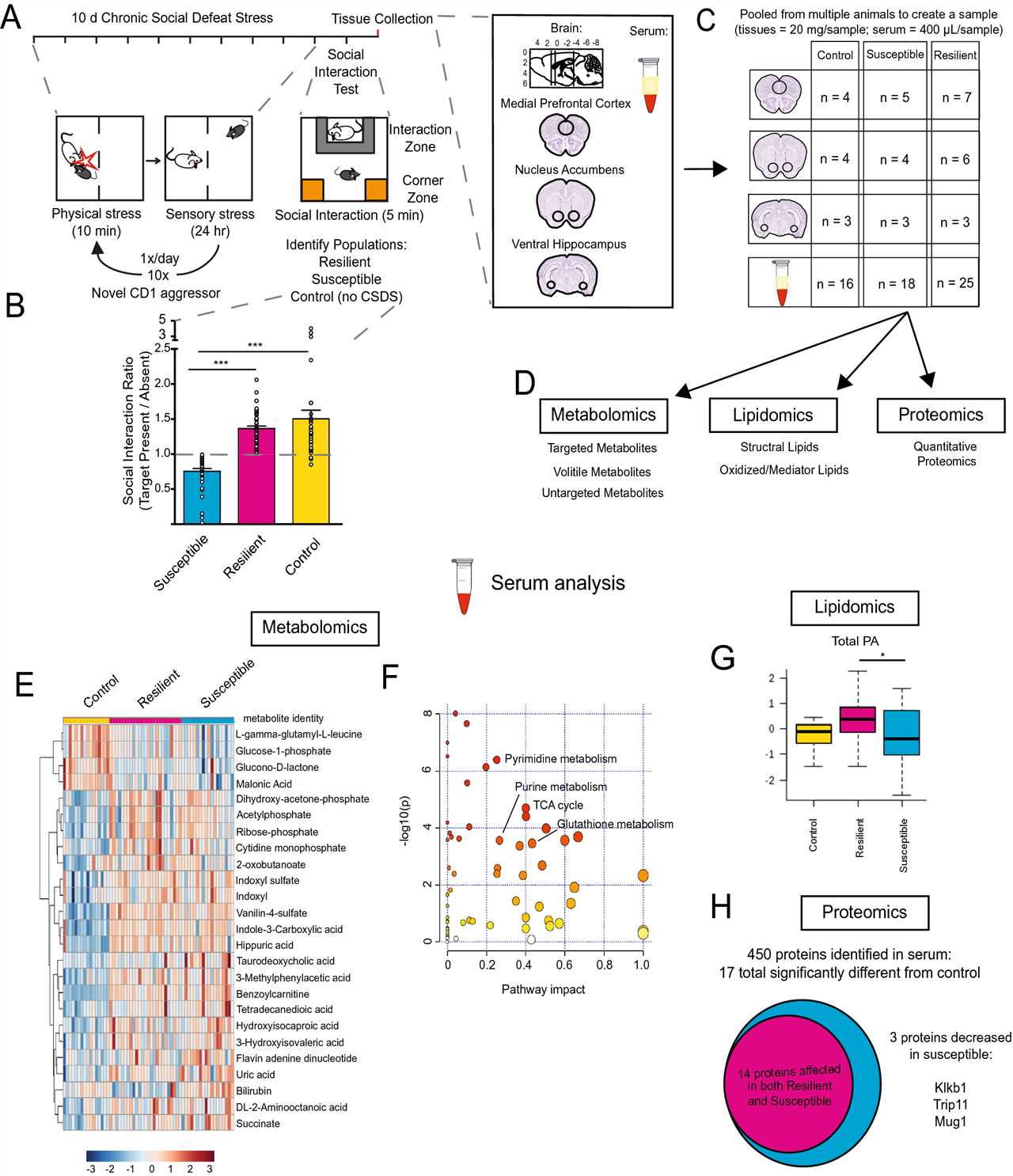
Understanding the molecular pathways involved in stress resilience is crucial for developing effective treatments for stress-related disorders. Researchers have made significant progress in uncovering the role of CREB and Nestler in stress resilience.
CREB, or cAMP response element-binding protein, is a transcription factor that plays a key role in the regulation of gene expression. It has been found to be involved in the brain’s response to stress and is believed to contribute to stress resilience. Studies have shown that increased CREB activity in certain brain regions can enhance resilience to stress, while decreased CREB activity can lead to vulnerability.
Nestler, on the other hand, is a protein that has been implicated in the regulation of stress-related behaviors. It is believed to modulate the activity of CREB and other transcription factors, thereby influencing gene expression and ultimately affecting stress resilience. Nestler has been found to be involved in the brain’s response to chronic stress, and alterations in its expression have been observed in stress-related disorders.
By unraveling the molecular pathways involving CREB and Nestler, researchers hope to gain a better understanding of the mechanisms underlying stress resilience. This knowledge could lead to the development of novel therapeutic approaches that target these pathways and enhance resilience to stress. It could also provide insights into the development of personalized medicine for individuals who are more susceptible to stress-related disorders.
Further research is needed to fully elucidate the intricate interactions between CREB, Nestler, and other molecules involved in stress resilience. By continuing to explore these molecular pathways, scientists can pave the way for more effective interventions and treatments for stress-related disorders.
CREB Signaling Pathway and Stress Resilience
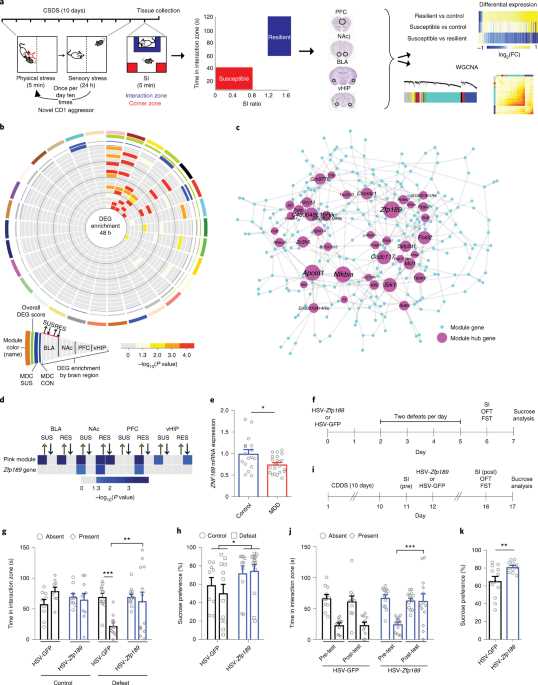
The cAMP response element-binding protein (CREB) signaling pathway plays a crucial role in stress resilience. CREB is a transcription factor that regulates the expression of various genes involved in neuronal plasticity and survival. It is activated by the phosphorylation of its serine 133 residue, which leads to the recruitment of co-activators and subsequent transcriptional activation.
Stress is a physiological response to challenging or threatening situations. It can have detrimental effects on mental and physical health if not properly managed. However, individuals differ in their ability to cope with stress, and this variability is known as stress resilience.
Studies have shown that CREB signaling is involved in the development of stress resilience. Activation of CREB in the brain has been associated with increased resistance to stress-induced behavioral and physiological changes. On the other hand, impairment of CREB signaling has been linked to stress vulnerability and the development of stress-related disorders.
The CREB signaling pathway is complex and involves multiple downstream effectors. One of the key downstream targets of CREB is brain-derived neurotrophic factor (BDNF), a protein that promotes neuronal survival and growth. BDNF is known to play a crucial role in stress resilience, and its expression is regulated by CREB.
In addition to BDNF, CREB also regulates the expression of other genes involved in stress resilience, such as neuropeptide Y (NPY) and corticotropin-releasing hormone (CRH). NPY is an anxiolytic peptide that reduces anxiety and enhances resilience to stress, while CRH is a stress hormone that is involved in the regulation of the hypothalamic-pituitary-adrenal (HPA) axis.
| CREB Signaling Pathway and Stress Resilience |
|---|
| Activation of CREB in the brain |
| Increased resistance to stress-induced changes |
| Impairment of CREB signaling |
| Development of stress vulnerability |
| Regulation of BDNF, NPY, and CRH |
In conclusion, the CREB signaling pathway plays a critical role in stress resilience. Activation of CREB and its downstream targets such as BDNF, NPY, and CRH can enhance an individual’s ability to cope with stress and protect against the development of stress-related disorders. Further research into the mechanisms underlying CREB signaling and its role in stress resilience may lead to new therapeutic interventions for stress-related conditions.
The Role of Epigenetics in Stress Resilience
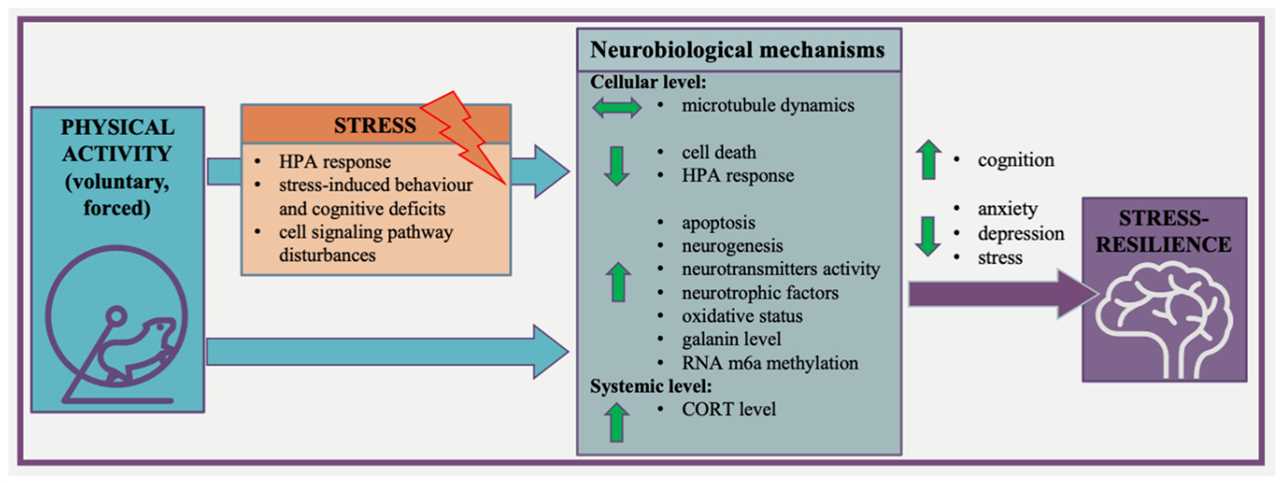
Epigenetics, the study of changes in gene expression without altering the underlying DNA sequence, has emerged as a crucial factor in understanding stress resilience. In recent years, researchers have discovered that epigenetic modifications play a significant role in determining an individual’s ability to cope with stress and bounce back from adversity.
One key player in this process is CREB (cAMP response element-binding protein), a transcription factor that regulates gene expression in response to stress. CREB is involved in the activation of various genes that are crucial for stress adaptation and resilience. Studies have shown that individuals with higher levels of CREB activity tend to exhibit greater stress resilience, while those with lower CREB activity are more susceptible to the negative effects of stress.
Epigenetic modifications, such as DNA methylation and histone modifications, can directly influence CREB activity and, consequently, stress resilience. These modifications can alter the accessibility of CREB-binding sites on DNA, thereby affecting gene expression. For example, increased DNA methylation at CREB-binding sites can inhibit CREB binding and reduce its activity, leading to decreased stress resilience.
Furthermore, epigenetic changes can be influenced by various environmental factors, including stress itself. Chronic stress can induce epigenetic modifications that persist long after the initial stressor has been removed. These persistent epigenetic changes can contribute to a decreased ability to cope with future stressors, leading to a cycle of vulnerability and further stress-induced epigenetic alterations.
Understanding the role of epigenetics in stress resilience is crucial for developing effective interventions and treatments for stress-related disorders. By targeting epigenetic modifications that affect CREB activity, it may be possible to enhance stress resilience and promote better mental health outcomes in individuals exposed to chronic stress.
| Key Points: |
|---|
| – Epigenetic modifications play a crucial role in stress resilience. |
| – CREB, a transcription factor, is involved in regulating stress adaptation and resilience. |
| – Epigenetic changes can directly influence CREB activity and gene expression. |
| – Environmental factors, including stress, can induce persistent epigenetic changes. |
| – Targeting epigenetic modifications may enhance stress resilience and mental health outcomes. |

I am Patrina de Silva, a psychologist and mental health blogger in Sri Lanka. After obtaining psychology degrees from the University of Colombo and Monash University, I returned home to work as a counselor while also starting the popular blog “Pressy but Happy” to provide advice on psychological issues. Over the past decade, my empathetic articles have made my blog a leading mental health resource in the country. In addition to writing, I maintain a private therapy practice, frequently volunteer counseling time, and conduct seminars, driven by my passion for destigmatizing mental illness and educating the public on the mind-body connection. I strive to be an influential voice in my field through my compassionate approach.
